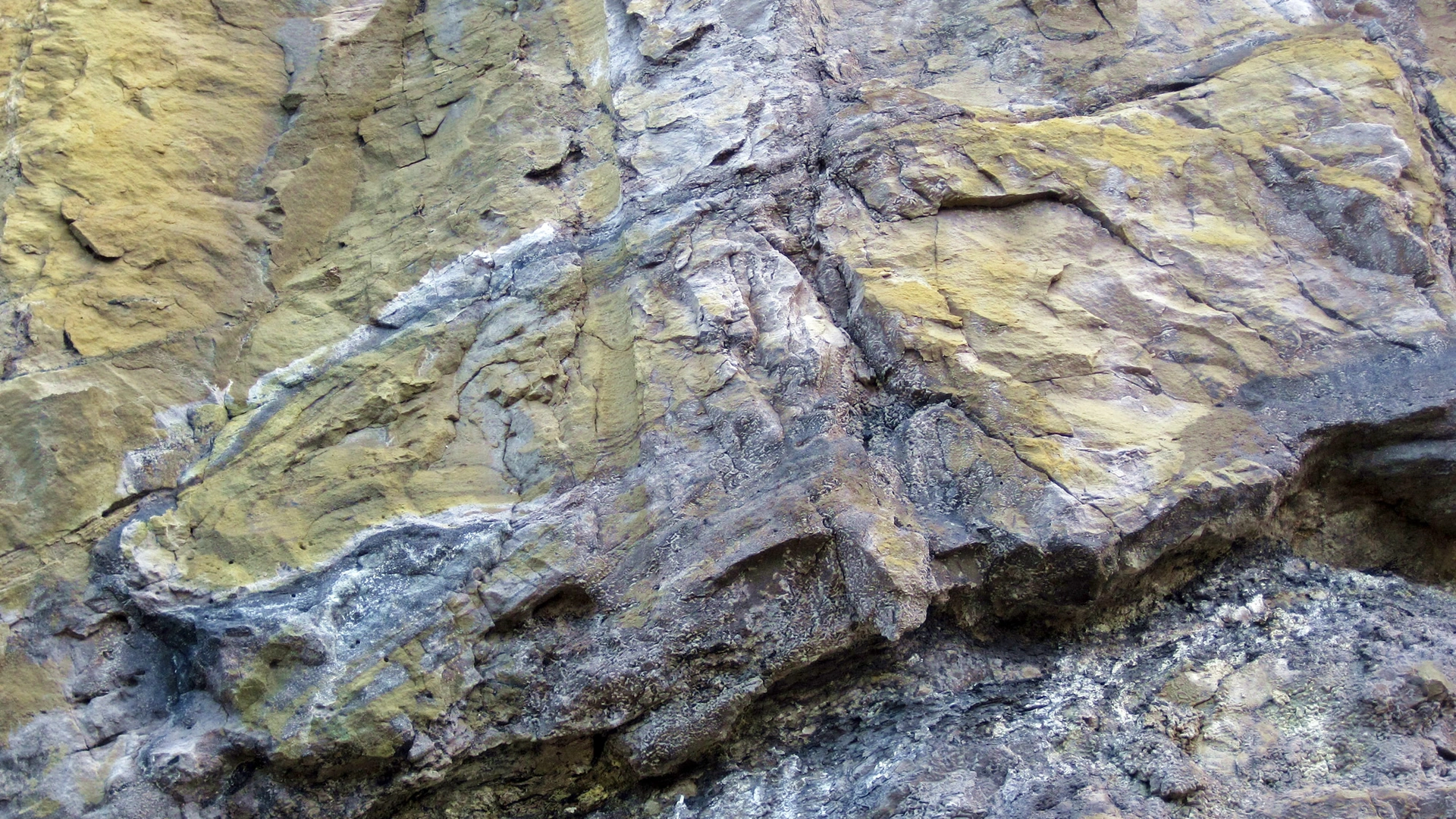SOURCE: UNI

Uranium In Water: Water in 6 districts of Chhattisgarh has been found to contain dangerous levels of “uranium”. Exceeding the dose of uranium used in nuclear programs poses a danger in water. According to the World Health Organization, this water has three to four times more uranium than the limit of 15 micrograms per litre of water, compared to the government’s limit of 30 micrograms per litre.
The presence of uranium at this level in water can cause cancers, lung diseases, skin and kidney diseases in people. Tests of drinking water samples from Durg, Rajnandgaon, Kanker, Bemetara, Balod and Kawardha areas of Chhattisgarh have found levels of uranium above 100 micrograms per litre.
In 2017, the WHO recommended a limit of 15 micrograms per liter of water. WHO has doubled this limit in some countries like India. A Bhabha Atomic Research Center study in June suggested even 60 micrograms per liter was safe
However, it is more than 100 micrograms in six districts of Chhattisgarh. A water test in a village in Balod found it at 130 micrograms. Kanker district has 106 micrograms of uranium per litre. In the six districts, the average level of uranium was 86 to 105 micrograms per liter of water.
Uranium in groundwater is a matter of concern in several states of India. A report by the Central Ground Water Board in January last year stated that permissible limits were exceeded in 12 states, including Punjab and Haryana. These two states produce more than half of India’s wheat. In August 2022, nine districts in Bihar reported high levels of uranium in water. According to Uranium Corporation of India, Chhattisgarh is the center of four deposits of 100 percent grade uranium. Three of these are in Rajnandgaon district itself. Uranium has been found in the drinking water here.